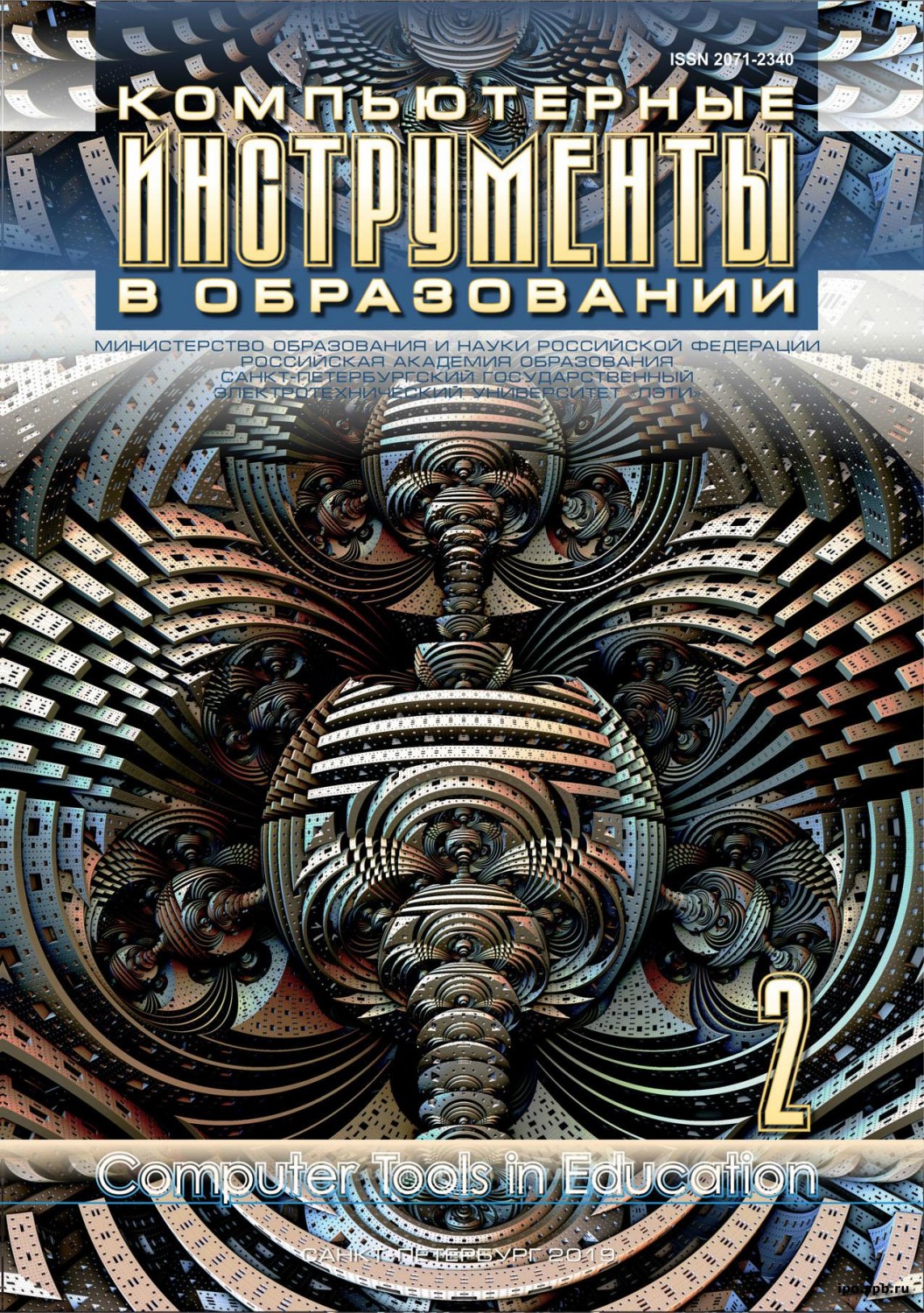Methods of Rendering Vast Landscapes in Simulation Training Systems
Abstract
One of the tasks that arise during the development of training (simulation) systems is the creation of a subsystem for displaying the earth's surface. Subsystems of this class provide modeling and visualization of the landscape, underlying surface (rivers, roads, forests, etc.), geometric objects that simulate cities or airports and so on. There are two main approaches to the visualization of extended landscapes --- continuous level of detail algorithms that use clustered triangulation and geometry clipmapbased algorithms. The method of generation and visualization of the Earth's surface presented in the work is based on the second approach. It is possible to perform calculations on the GPU using single precision, which allows faster calculations compared to using data types with double precision. In addition, this approach may be used on mobile graphics processors that do not support double precision. The proposed new method of dynamic resource management reduces the occupied video memory, which allows more detailed texture data to be loaded for a larger number of objects simultaneously.
References
A. V. Roditelev and A. M. Giatsintov, “High-level architecture of training simulation systems of complex technical systems,” Software & Systems, vol. 31, no. 3, pp. 439–443, 2018 (in Russian); doi: 10.15827/0236-235X.031.3.439-443
E. G. Kapralov, at all, Geoinformatics, Russia, Moscow: Akademy, 2005. (in Russian).
J. S. Falby, M. J. Zyda, D. R. Pratt, R. L. Mackey, and Y. L. Mackey, “NPSNET: hierarchical data structures for real-time three-dimensional visual simulation,” Comput Graph., pp. 65–69, 1993.
T. Ulrich, “Rendering massive terrains using chunked level of detail control,” 2002.
P. Cozzi and K. Ring, “3D Engine Design for Virtual Globes,” CRC Press, 2011.
I. Cantlay, DirectX 11 Terrain Tessellation, NVIDIA Corporation, 2011.
Khronos Group, OpenGL Tessellation support, [Online]. Available: https://www.khronos.org/registry/OpenGL/extensions/ARB/ARB_tessellation_shader.txt
C. C. Tanner, C. J. Migdal, and M. Jones, “The clipmap: a virtual mipmap,” In Proc. of the 25th annual conference on computer graphics and interactive techniques, 1998, pp. 151–158; doi: 10.1145/1186562.1015799
F. Losasso and H. Hoppe, “Geometry clipmaps: terrain rendering using nested regular grids,” ACM
Trans Graph, vol. 23, no. 3, pp. 769–776, 2004.
A. Asirvatham and H. Hoppe, “Terrain rendering using gpu-based geometry clip-maps,” GPU Gems 2, Addison-Wesley Professional, pp. 27–45, 2005.
P. Brown, J. Leech, and M. Kilgard, EXT texture array, 2008. [Online]. Available: http://www.opengl.org/registry/specs/EXT/texture_array.txt
A. M. Dimitrijevi´c and D. D. Ranˇci´c. “Ellipsoidal Clipmaps — A planet-sized terrain rendering algorithm,” Computers & Graphics, no. 52, pp. 43–61, 2015; doi: 10.1016/j.cag.2015.06.006
Performance of Nvidia Geforce 1080 TI [Online]. Available: https://db.thegpu.guru/card/GTX%201080%20Ti
Terrain Rendering with Geometry Clipmaps, [Online]. Available: https://arm-software.github.io/opengl-es-sdk-for-android/terrain.html
G. Song, H. Yang, and Y. Ji, “Geometry Clipmaps Terrain Rendering Using HardwareTessellation,” IEICE TRANSACTIONS on Information and Systems, no. 2, pp. 401–404, 2017; doi: 10.1587/transinf.2016EDL8160

This work is licensed under a Creative Commons Attribution 4.0 International License.







